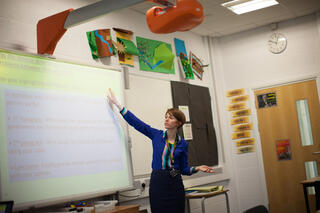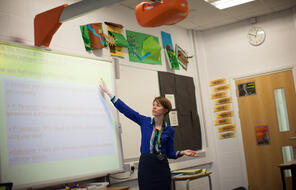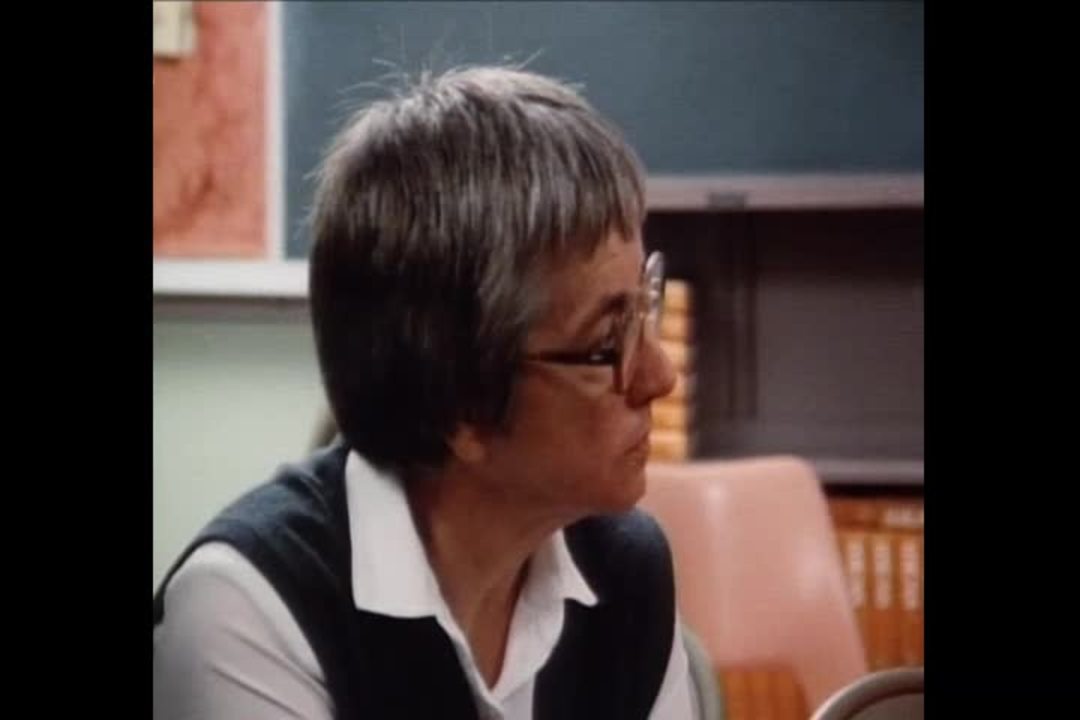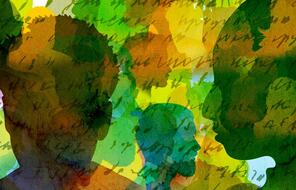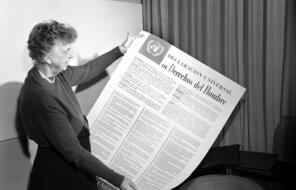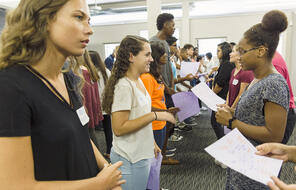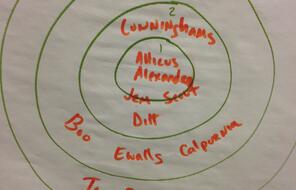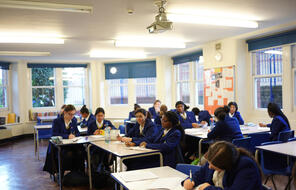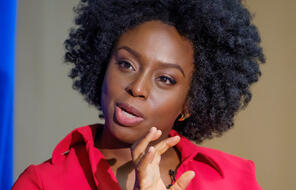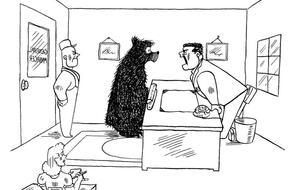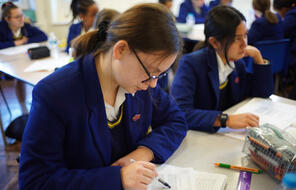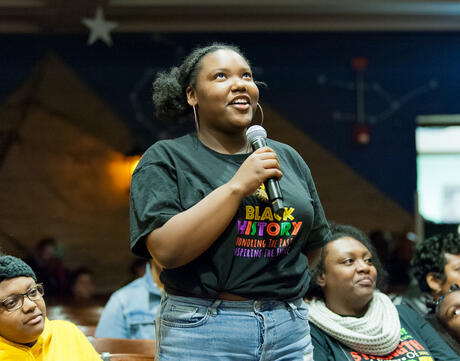
When Differences Matter
Overview
About This Lesson
In the last lesson, students examined the range of responses that individuals and groups can have when they encounter difference, and they looked in their own communities for examples and echoes of behaviours described in a poem by James Berry. In this lesson, students will continue to examine how we respond to difference by considering what happens when one aspect of our identities, in this case eye colour, is elevated above others and carries with it power, privilege, and opportunity. They will also consider who decides which differences matter and the ways in which social hierarchies that privilege some over others can impact how individuals react when they encounter someone different from themselves. After reflecting on their own experiences as members of privileged or unprivileged groups, students will watch a segment of Jane Elliot’s 1970’s classroom experiment, A Class Divided. The film sheds light on the relationship between identity, group membership, privilege, prejudice, and discrimination.
Preparing to Teach
A Note to Teachers
Before teaching this lesson, please review the following information to help guide your preparation process.
Lesson Plans
Activities
Materials and Downloads
Quick Downloads
Download the Files
When Differences Matter
Responding to Difference
Blending In and Standing Out
Unlimited Access to Learning. More Added Every Month.
Facing History & Ourselves is designed for educators who want to help students explore identity, think critically, grow emotionally, act ethically, and participate in civic life. It’s hard work, so we’ve developed some go-to professional learning opportunities to help you along the way.
Exploring ELA Text Selection with Julia Torres
On-Demand

Working for Justice, Equity and Civic Agency in Our Schools: A Conversation with Clint Smith
On-Demand

Centering Student Voices to Build Community and Agency
On-Demand




